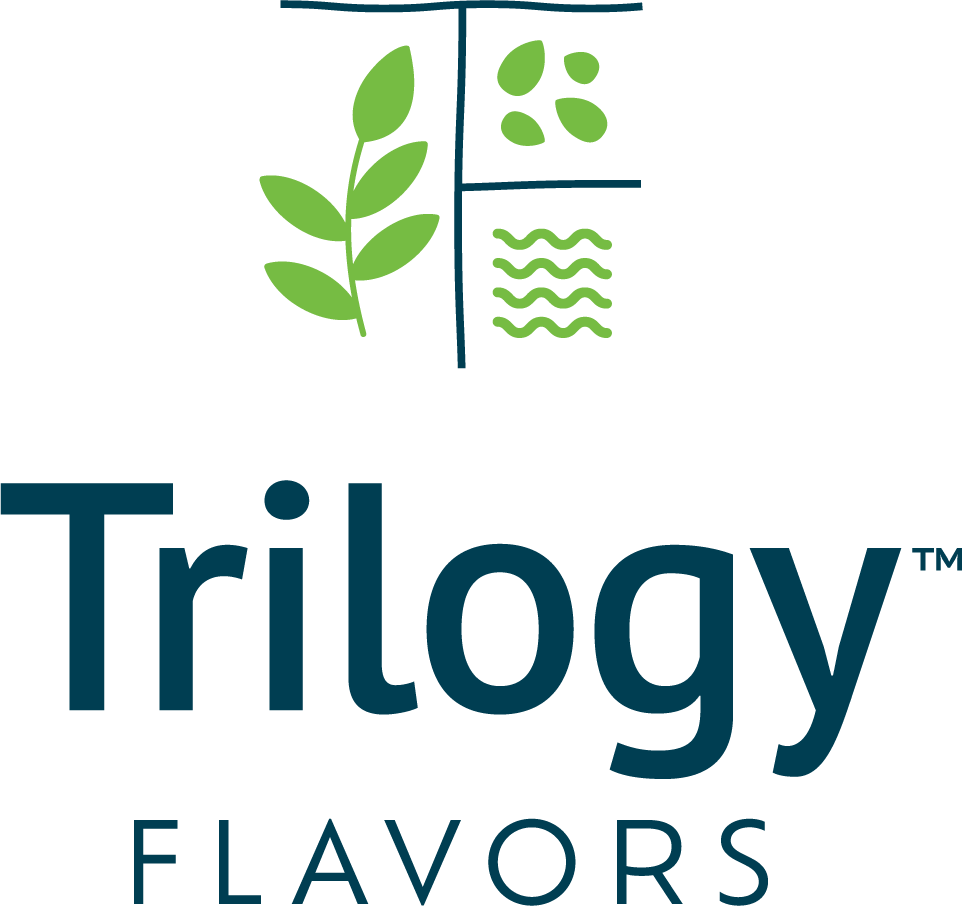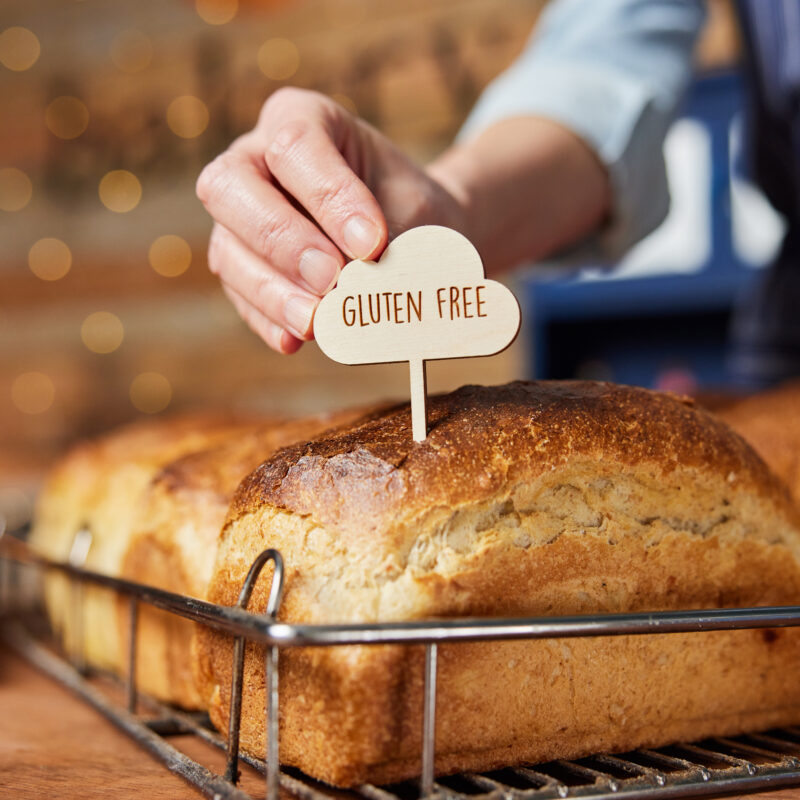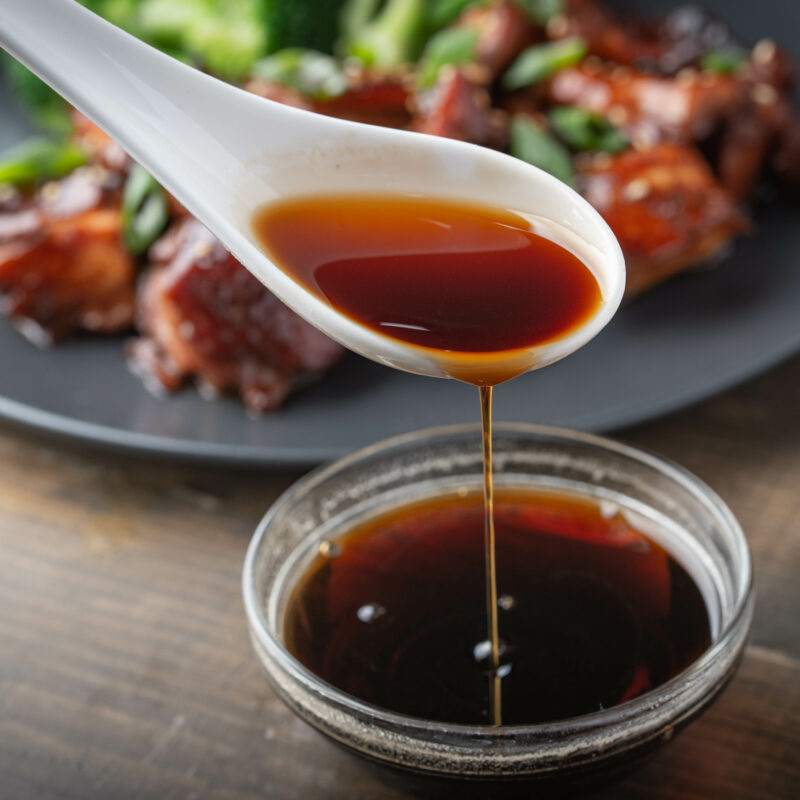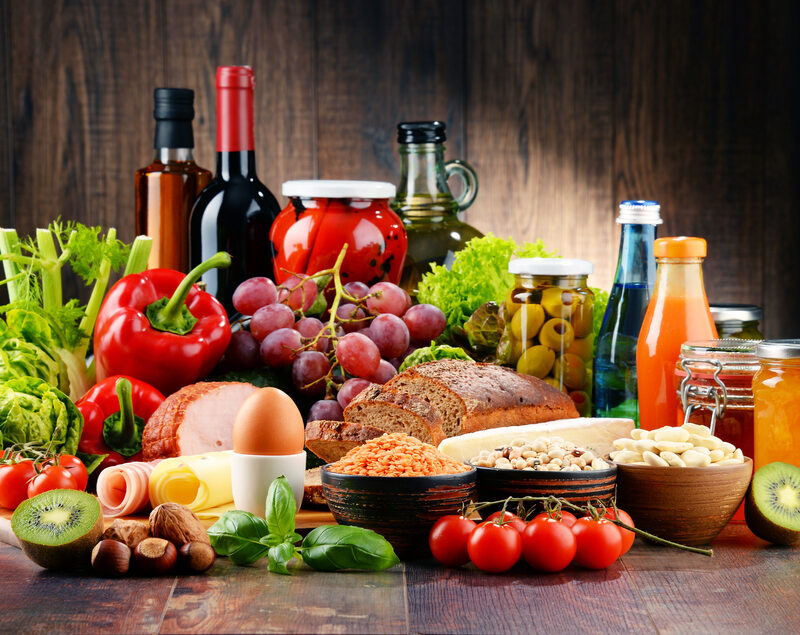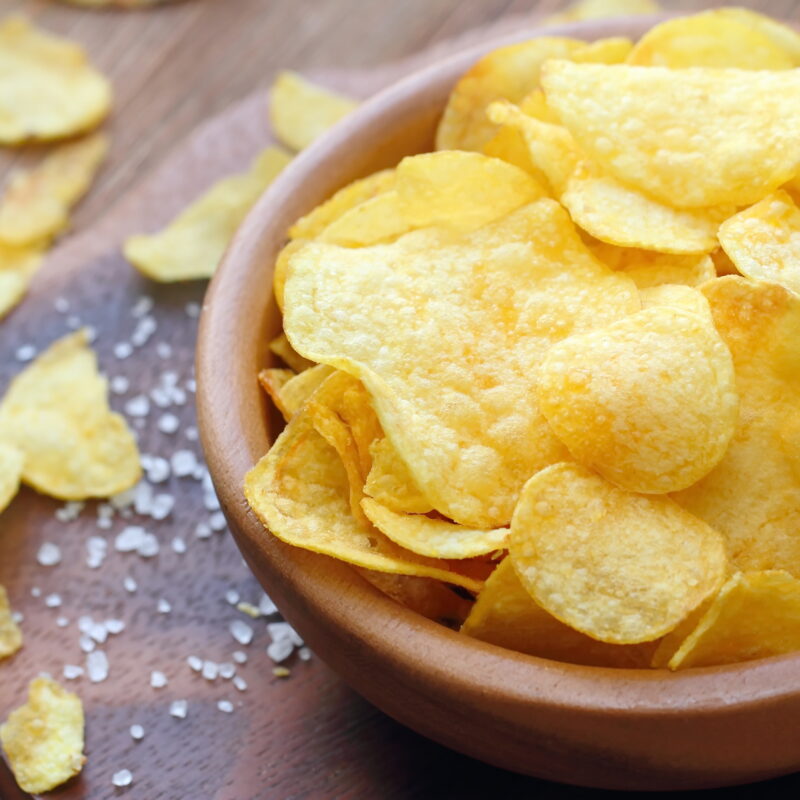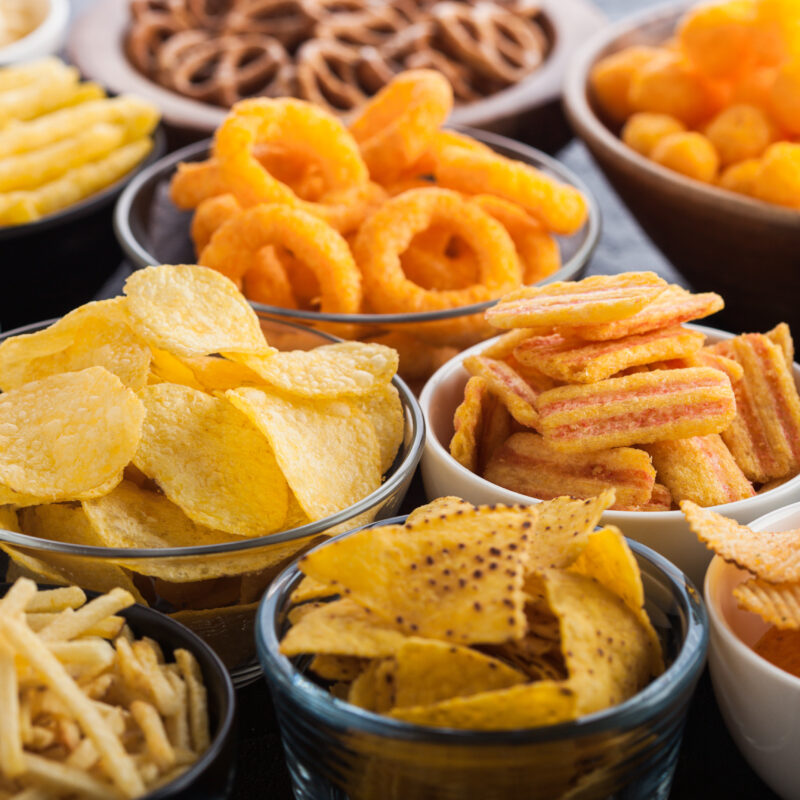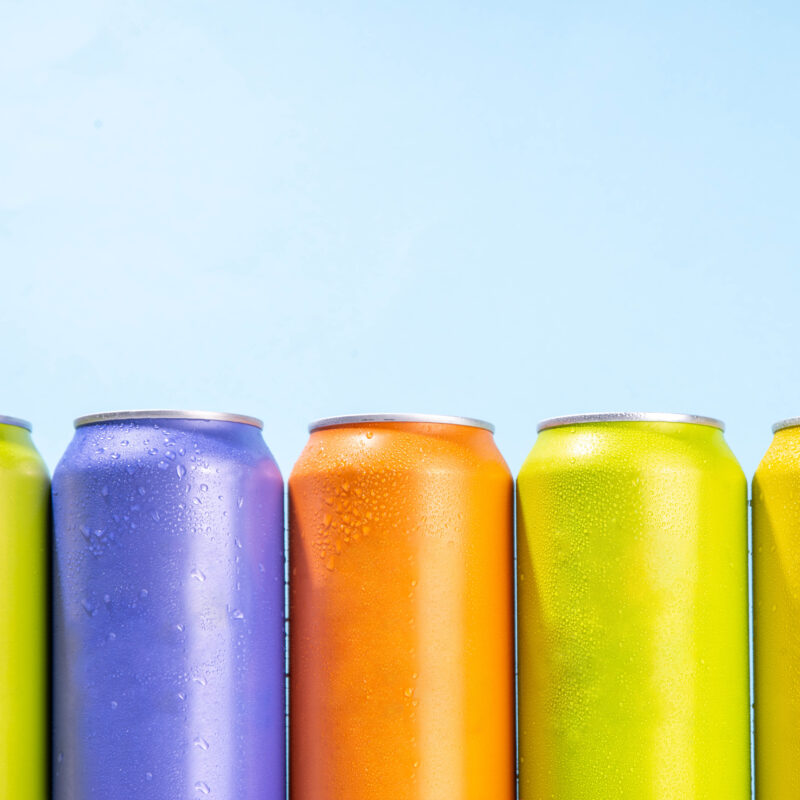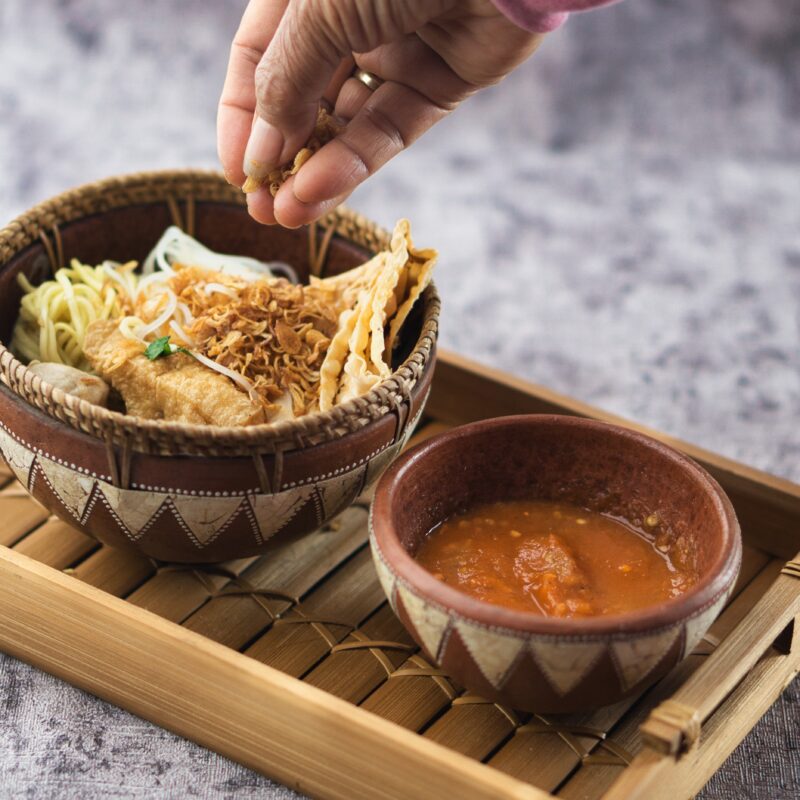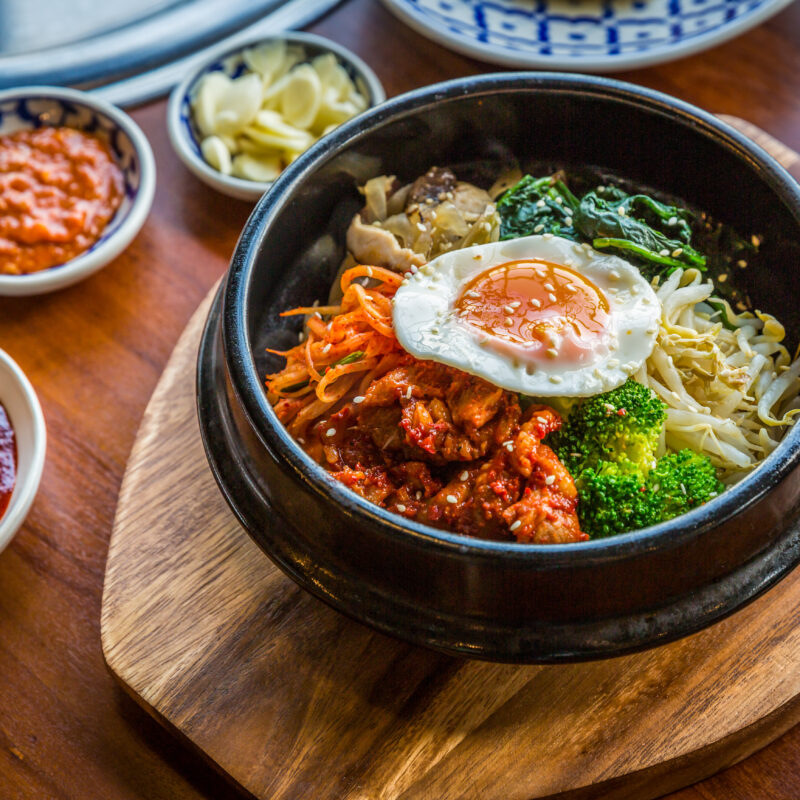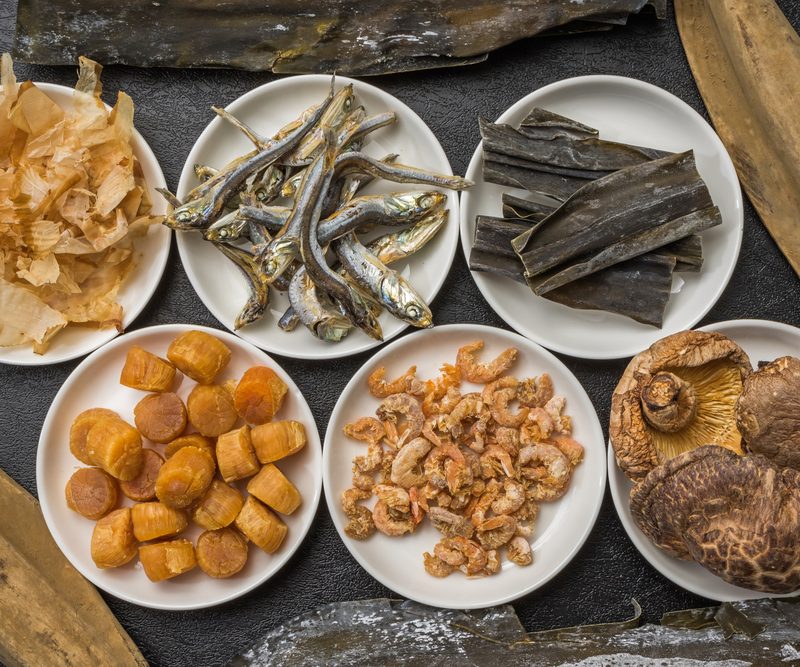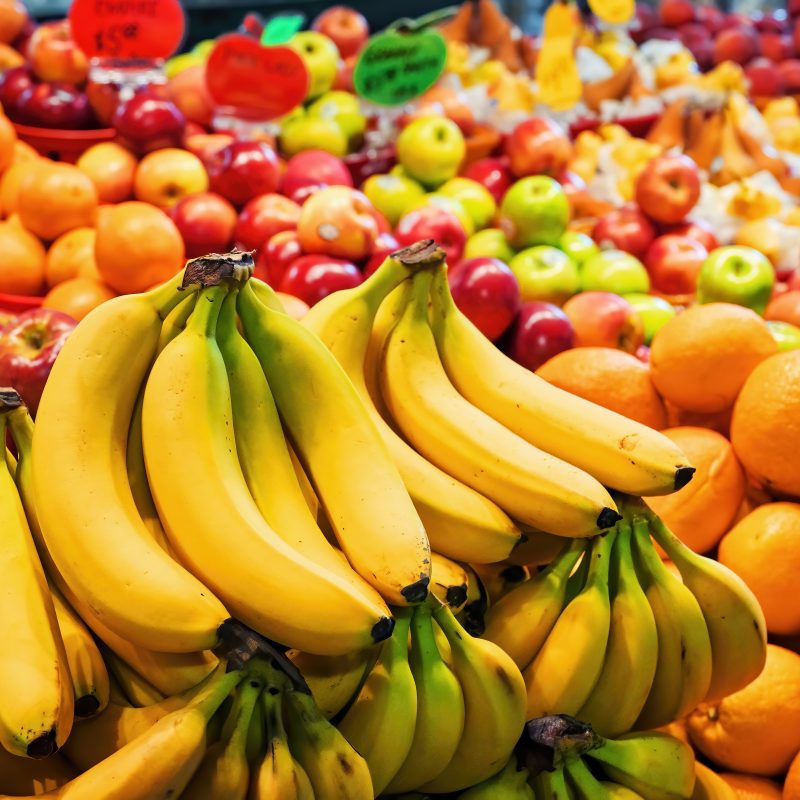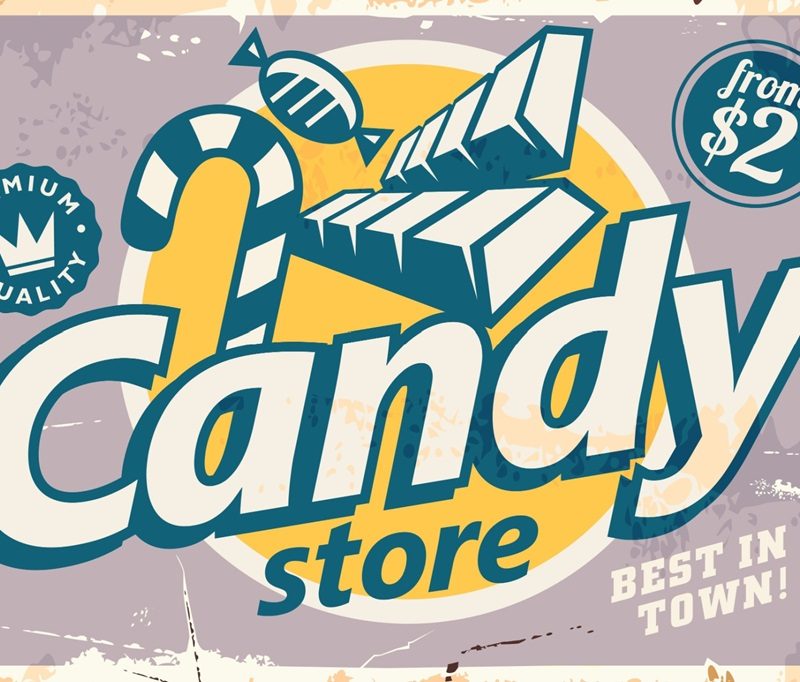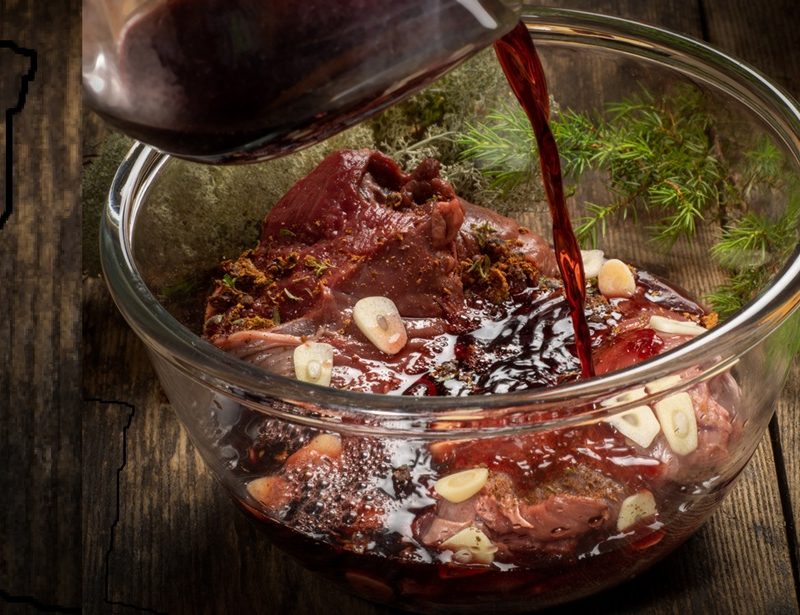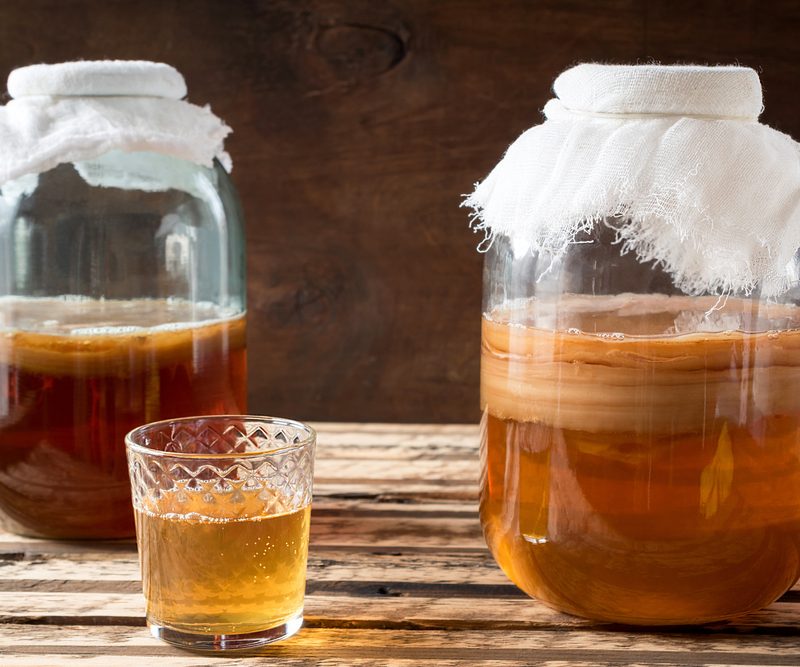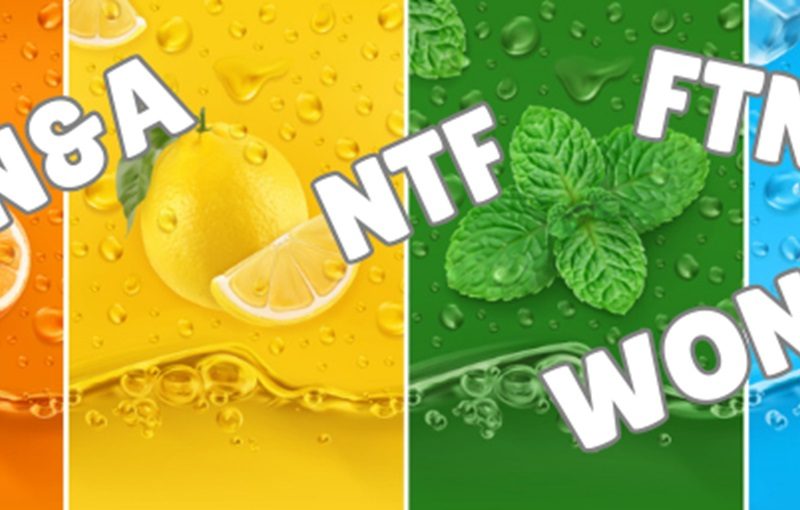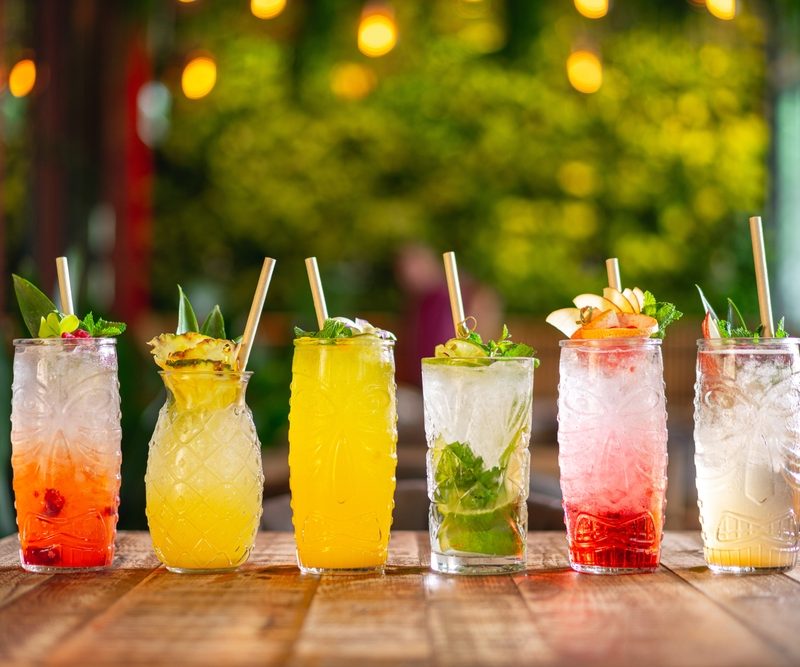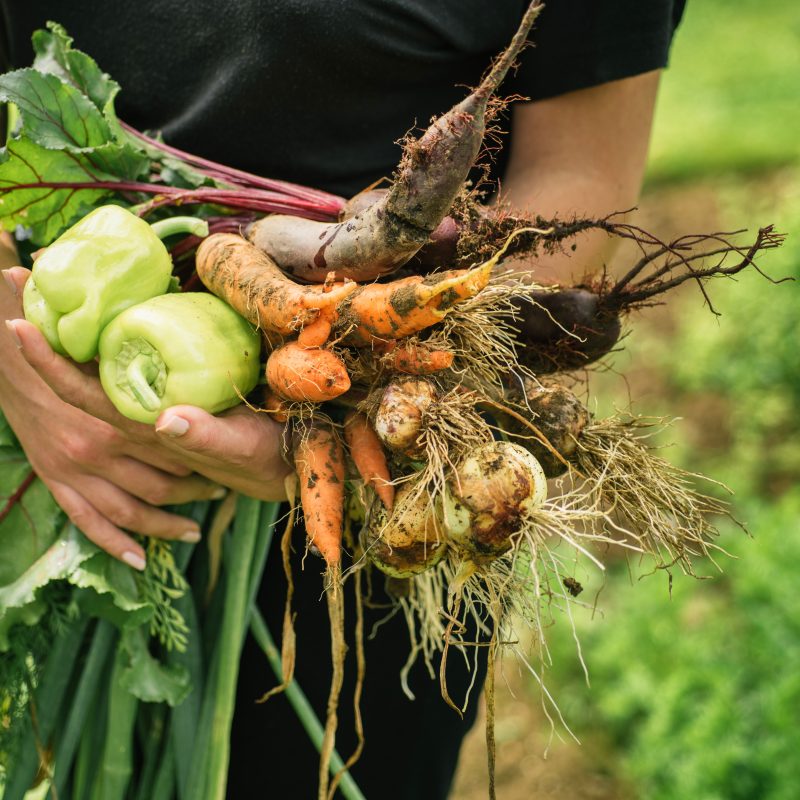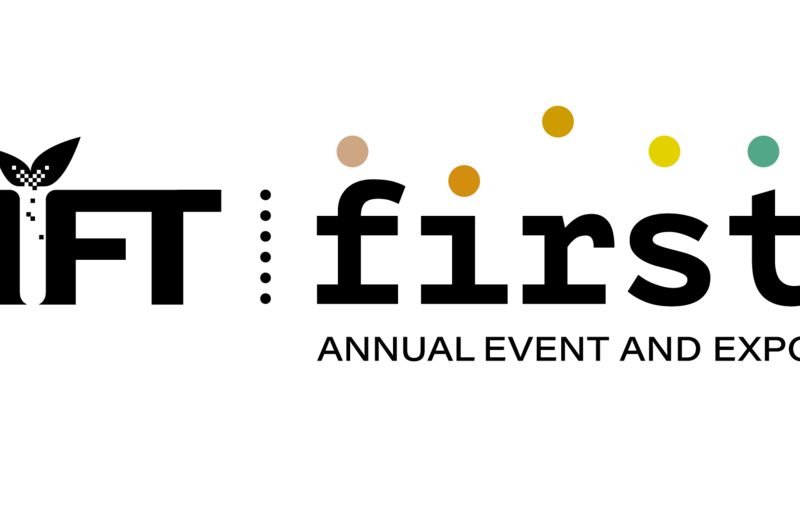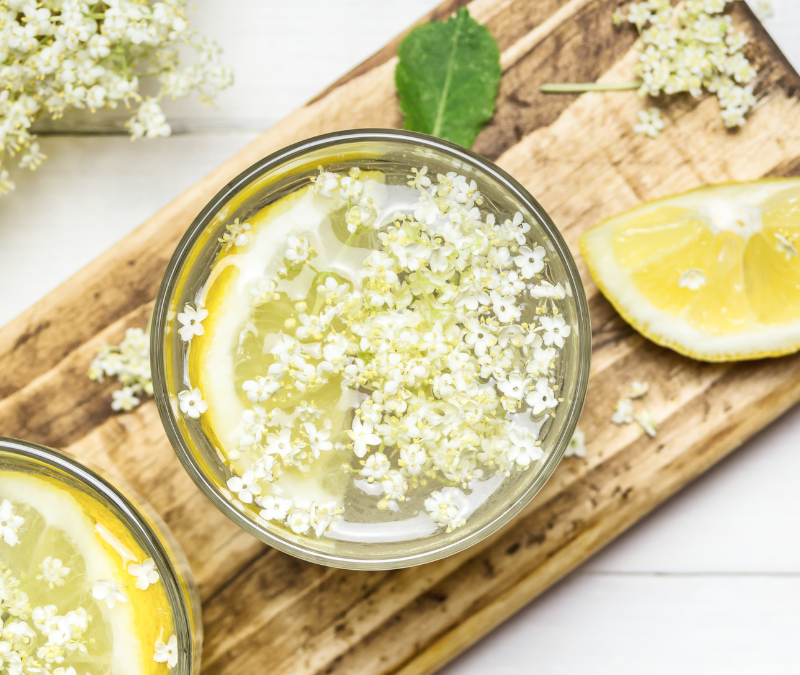In the ever-evolving world of food and beverage manufacturing, understanding the nuances of ingredient labels is crucial for ensuring product quality and consumer trust.
As flavor formulations become more sophisticated, the labels accompanying these products are filled with acronyms that can be daunting for even the most seasoned professionals. From GRAS to FTNF, and from natural type flavors to artificial ones, these abbreviations hold the key to deciphering what’s really inside the products we consume.
For manufacturers and product developers, grasping the meaning behind these acronyms is not just a matter of compliance—it’s essential for making informed decisions that align with industry standards and consumer expectations.
This article delves into the most common flavor supplier labeling acronyms, breaking down their significance and helping you navigate the complex landscape of flavor labeling with confidence.
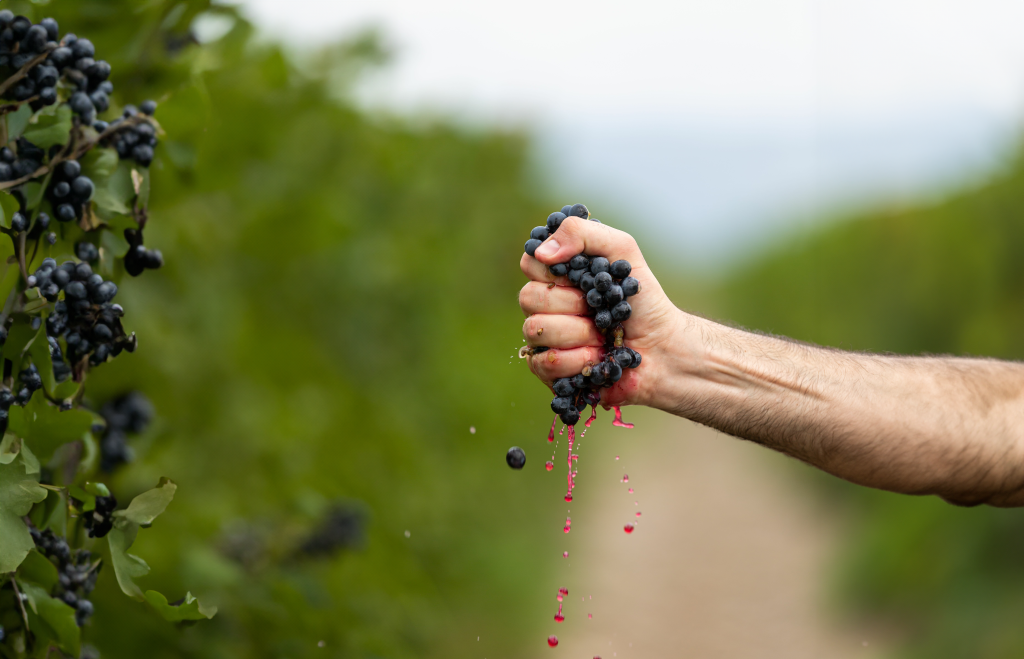
Why Labeling Acronyms Matter
In the competitive world of food and beverage manufacturing, the ability to understand and accurately interpret labeling acronyms is more than just a helpful skill—it’s a necessity.
These acronyms are embedded in the very language of the industry, serving as shorthand for critical information about the ingredients used in flavor formulations. For manufacturers, product developers, and quality control teams, knowing these acronyms ensures that products not only meet regulatory standards but also align with consumer expectations for safety, transparency, and quality.
Labeling acronyms such as GRAS (Generally Recognized as Safe) or FTNF (From The Named Fruit) convey essential details about the origin, safety, and composition of flavor ingredients. For instance, a product labeled with the GRAS acronym has undergone rigorous evaluation and is recognized as safe by experts, providing assurance to both manufacturers and consumers.
Similarly, acronyms like N&A (Natural and Artificial) and WONF (With Other Natural Flavors) inform manufacturers about the nature of the flavors used, enabling them to make precise decisions when formulating or reformulating products.
Moreover, understanding these acronyms can significantly impact a brand’s reputation. As consumers become more health-conscious and demanding of transparency in the products they consume, being able to clearly communicate what’s in a product becomes a powerful tool for building trust.
Brands that can accurately label and explain their ingredients stand out in a crowded marketplace, appealing to consumers who prioritize clean labels and natural ingredients.
In summary, labeling acronyms are more than just industry jargon—they are integral to ensuring compliance, protecting brand integrity, and meeting the evolving demands of today’s informed consumers. By mastering these acronyms, professionals in the food and beverage industry can confidently navigate the complexities of flavor labeling, making informed decisions that benefit both their products and their customers.
Common Labeling Acronyms and Flavor Types in the Industry
Navigating the landscape of flavor labeling can be challenging, especially when faced with a myriad of acronyms and flavor types. These labels provide crucial information about the ingredients and processes used in creating flavors, helping manufacturers and developers make informed choices.
Below are some of the most common labeling acronyms and flavor types you’ll encounter in the food and beverage industry, along with their significance.
1. GRAS (Generally Recognized as Safe)
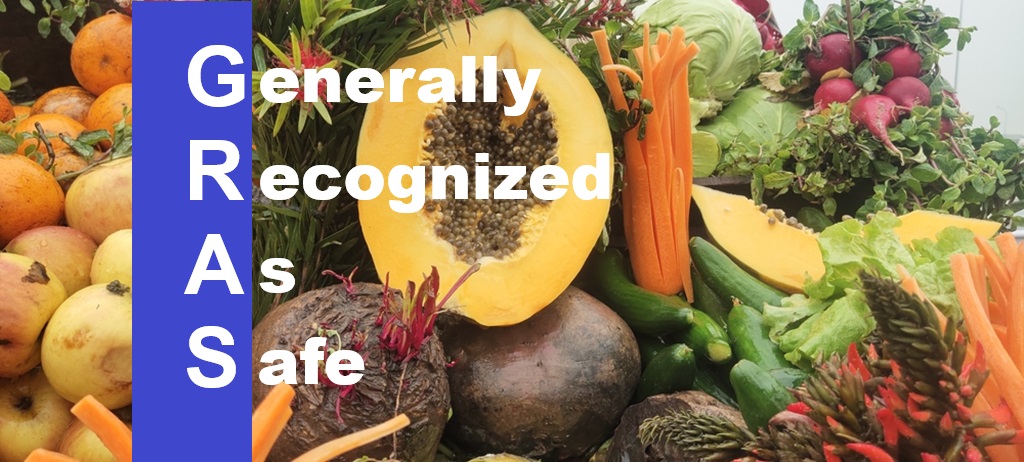
GRAS is a designation used by the U.S. Food and Drug Administration (FDA) to indicate that a substance added to food is considered safe by experts, based on extensive scientific research.
GRAS status is crucial for flavor ingredients, ensuring that they meet stringent safety standards. Manufacturers rely on GRAS ingredients to maintain compliance and provide peace of mind to consumers concerned about the safety of their food.
2. Natural or FTNF (From The Named Fruit) Flavors
Natural flavors labeled as FTNF are derived directly from the specific fruit or plant named on the label.
These flavors are considered premium because they offer the closest match to the true taste of the source material. FTNF flavors are often used in products where authenticity and quality are key selling points, making them a popular choice for natural and organic product lines.
3. Natural WONF (With Other Natural Flavors)
Natural WONF flavors combine the named natural flavor with other natural flavors to create a more complex or stable flavor profile.
For example, a strawberry WONF might include flavors from other berries or fruits to enhance or stabilize the taste. This allows manufacturers to achieve a desired flavor profile while still maintaining the “natural” label, which appeals to health-conscious consumers.
4. Natural Type Flavors
Natural type flavors are designed to mimic the taste of a specific natural flavor but are composed of different natural ingredients.
These flavors provide flexibility in formulation while maintaining a natural label, making them a valuable tool for creating consistent flavors across different batches or products. They are particularly useful when the natural source is not available or is too expensive to use in large quantities.
5. Natural and Artificial Flavors Combination (N&A)

The N&A designation indicates that a product contains a blend of both natural and artificial flavors.
This combination allows manufacturers to create specific flavor profiles that are cost-effective while still delivering the desired taste. The use of N&A flavors is common in products where flavor intensity and consistency are priorities, such as in beverages, snacks, and candies.
6. Artificial Flavors
Artificial flavors are chemically synthesized to replicate the taste of natural flavors.
They are often used to achieve specific, stable flavors at a lower cost than natural alternatives. While artificial flavors have faced scrutiny from some consumers, they remain an essential component in many products, providing consistency and longevity in flavor, particularly in processed foods and beverages.
7. FEMA (Flavor and Extract Manufacturers Association)
FEMA is an organization that evaluates the safety of flavor ingredients and assigns GRAS status to those deemed safe for consumption. FEMA GRAS approval is a widely recognized standard in the flavor industry, and manufacturers often seek FEMA-certified ingredients to ensure their products meet safety and regulatory requirements.
8. CAS (Chemical Abstracts Service) Numbers
CAS numbers are unique identifiers assigned to chemicals by the Chemical Abstracts Service, a division of the American Chemical Society. These numbers help manufacturers and regulators precisely identify specific chemical compounds used in flavor formulations, ensuring accuracy and safety in labeling and formulation.
9. KOSHER and HALAL Certification Acronyms

Kosher and Halal certifications indicate that a product meets the dietary requirements of Jewish and Muslim consumers, respectively.
These certifications are increasingly important in global markets, where consumers seek assurance that the flavors used in products adhere to their religious dietary laws. Manufacturers often display these acronyms prominently to appeal to these specific consumer groups.
Understanding these acronyms and flavor types is essential for anyone involved in food and beverage manufacturing. They inform product development and ingredient selection and play a crucial role in regulatory compliance and consumer trust. By familiarizing yourself with these terms, you can ensure that your products meet the highest standards of quality and safety while resonating with today’s discerning consumers.
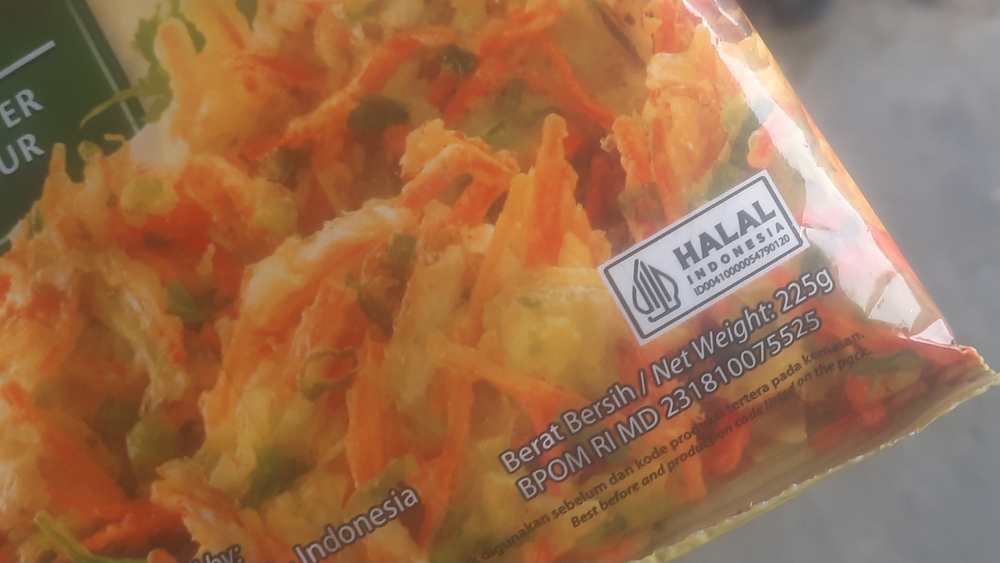
How to Decode Flavor Labels Efficiently
Decoding flavor labels can seem overwhelming, especially with the abundance of acronyms and specialized terminology used in the food and beverage industry. However, with the right approach, you can efficiently interpret these labels to make informed decisions about the ingredients and products you use. Here are some practical tips and resources to help you navigate flavor labels with confidence.
Familiarize Yourself with Key Acronyms
The first step in decoding flavor labels is to familiarize yourself with the most common acronyms, such as GRAS, FTNF, WONF, and N&A. Understanding these acronyms will give you foundational knowledge that makes it easier to interpret the rest of the label.
Consider keeping a reference list of these acronyms handy, especially when reviewing new products or formulations.

Look for Contextual Clues
Labels often provide additional context that can help you understand the acronyms and terms used. For example, if you see “Natural WONF Strawberry Flavor,” you can infer that the product contains natural strawberry flavor enhanced with other natural flavors. Pay attention to descriptors and the overall ingredient list to get a clearer picture of what each acronym represents.
Utilize Online Resources and Databases
Several online resources and databases can assist in decoding complex flavor labels. Websites like the Flavor and Extract Manufacturers Association (FEMA) provide detailed information on flavor safety and GRAS status.
The Chemical Abstracts Service (CAS) database can help you identify specific chemicals by their CAS numbers, offering insights into their role in the flavor formulation. Regularly consulting these resources will enhance your understanding of the ingredients used in your products.
Consult Flavor Experts
If you encounter a label with unfamiliar acronyms or terms, don’t hesitate to consult flavor experts or your flavor supplier.
These professionals can provide detailed explanations of specific ingredients and their roles in the formulation, helping you make informed decisions. Building a strong relationship with your flavor supplier can also provide you with access to additional resources and support when decoding complex labels.
Stay Updated on Regulatory Changes
The food and beverage industry is constantly evolving, with new regulations and standards emerging regularly. Staying informed about these changes can help you decode labels more accurately and ensure compliance with the latest industry guidelines. Subscribe to industry newsletters, attend webinars, and participate in professional organizations to keep your knowledge current.
Practice Makes Perfect
Like any skill, decoding flavor labels becomes easier with practice. The more you engage with labels, the more familiar you’ll become with the terminology and acronyms used. Over time, you’ll develop the ability to quickly and accurately interpret labels, allowing you to make swift decisions without compromising on quality or safety.
By following these tips and leveraging available resources, you can efficiently decode flavor labels, ensuring that you choose the best ingredients for your products. Whether you’re a manufacturer, product developer, or quality control professional, mastering the art of label decoding will enhance your ability to create high-quality, compliant, and consumer-friendly products.

The Evolving Landscape of Flavor Labeling
The landscape of flavor labeling is constantly evolving, driven by changing regulations, consumer demands, and advancements in technology.
As the food and beverage industry grows more complex, staying ahead of these shifts is essential for manufacturers and product developers who aim to maintain compliance and stay competitive in the market. Understanding these trends can help you adapt to new requirements and capitalize on emerging opportunities.
Regulatory Changes
One of the most significant drivers of change in flavor labeling is the ongoing evolution of regulatory frameworks. Governments and regulatory bodies worldwide are continually updating their guidelines to address new ingredients, processing methods, and safety concerns.
For example, the U.S. Food and Drug Administration (FDA) and the European Food Safety Authority (EFSA) regularly review and revise the criteria for what can be labeled as “natural,” “artificial,” and other key designations.
These updates often introduce new labeling requirements or redefine existing ones, which can impact everything from ingredient sourcing to packaging design. Manufacturers must stay informed about these changes to ensure that their products remain compliant, and their labels accurately reflect the contents. Failing to do so can lead to costly recalls, legal issues, and damage to brand reputation.
Consumer Trends Toward Transparency
As consumers become more health-conscious and environmentally aware, there is a growing demand for transparency in food labeling. Shoppers today want to know exactly what’s in their food and how it’s made, with many seeking products with clean labels—those with minimal, natural ingredients and no artificial additives.
This trend is pushing manufacturers to provide more detailed and clear information on their labels, including the use of flavor-related acronyms. Terms like “Natural FTNF” or “WONF” are increasingly used to appeal to consumers who prioritize natural and minimally processed ingredients.
Additionally, brands are adopting more straightforward language to explain these acronyms, making it easier for consumers to make informed choices.
Additional Reading: Market Trends — Clean Labels
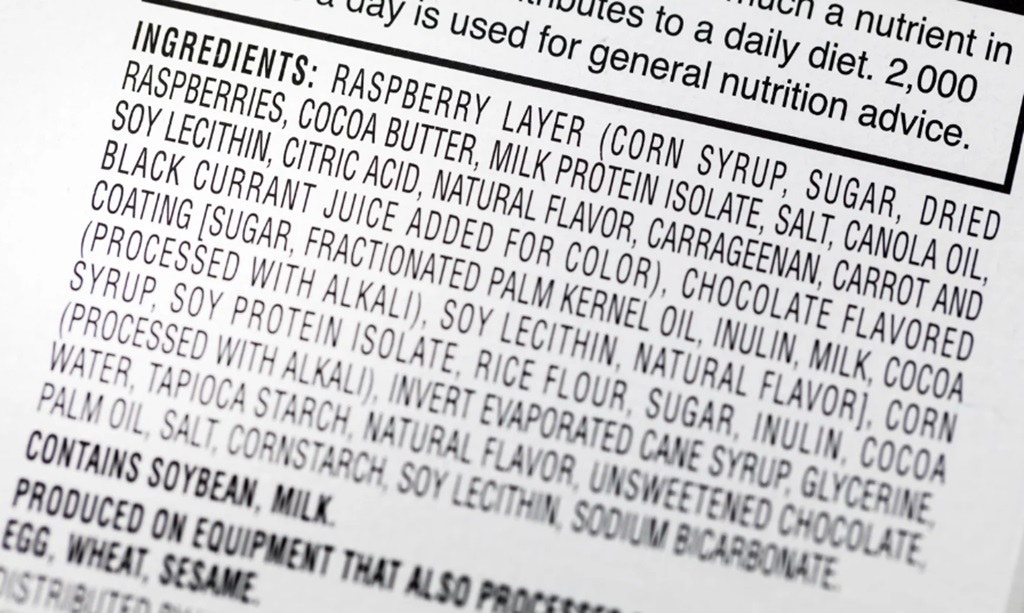
Advancements in Flavor Technology
Technological advancements in flavor formulation are also influencing the way flavors are labeled.
As scientists develop new methods for extracting and synthesizing flavors, the distinctions between natural, artificial, and hybrid flavors become more nuanced. For instance, innovations in biotechnology and fermentation are enabling the creation of flavors that are identical to those found in nature, but produced through entirely different processes.
These advancements are leading to the introduction of new acronyms and labeling terms, reflecting the cutting-edge techniques used in flavor development. Manufacturers who are quick to adopt these new technologies must also ensure that their labeling practices evolve accordingly, helping consumers understand the benefits and origins of these innovative flavors.
Globalization and Cultural Sensitivity
The global nature of today’s food and beverage industry means that products often need to meet diverse regulatory and cultural requirements. Flavors that are labeled as kosher, halal, or meet other religious dietary guidelines must be clearly marked to cater to specific markets. As international trade continues to expand, the need for universally understood labeling practices becomes even more critical.
Manufacturers must navigate varying standards across different regions, while also being sensitive to cultural preferences and expectations. This complexity requires an in-depth understanding of both global and local regulations, as well as a commitment to ensuring that labels are both accurate and respectful of cultural nuances.
Looking Ahead: The Future of Flavor Labeling
As the flavor labeling landscape continues to evolve, staying informed and adaptable is key. Future trends may include the introduction of more standardized labeling practices, driven by global regulatory bodies, as well as the continued rise of consumer-driven demands for transparency and sustainability.
The ongoing development of new flavor technologies will also likely result in the emergence of new acronyms and labeling terms, requiring manufacturers to stay current with the latest industry advancements. By anticipating these changes and being proactive in adapting to them, manufacturers can ensure that their products remain compliant, competitive, and appealing to the ever-evolving tastes and preferences of consumers.
In summary, the evolving landscape of flavor labeling is a dynamic and complex environment that requires continuous attention and adaptability. By staying informed about regulatory changes, consumer trends, technological advancements, and global considerations, manufacturers can successfully navigate this landscape and ensure that their products are not only compliant but also resonate with today’s discerning consumers.
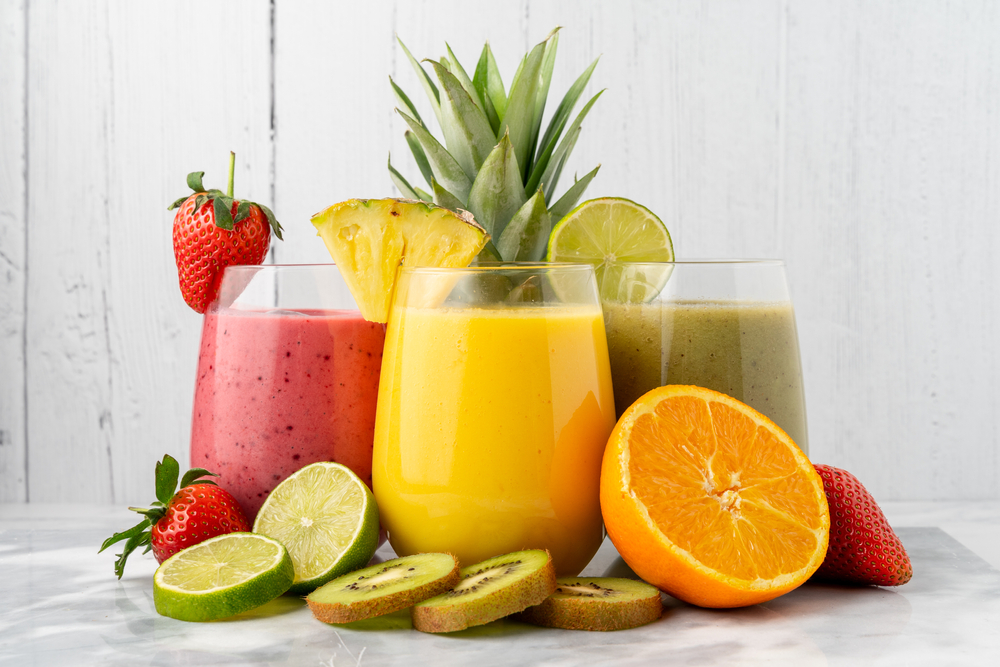
Conclusion
In the intricate world of food and beverage manufacturing, understanding flavor supplier labeling acronyms is essential for ensuring product safety, compliance, and consumer satisfaction.
As the industry continues to evolve, staying informed about these acronyms and the trends shaping flavor labeling is crucial for making informed decisions that align with both regulatory standards and consumer demands. By mastering the language of flavor labels, manufacturers can not only ensure the quality and transparency of their products but also build trust and loyalty with their customers.
As you navigate the evolving landscape of flavor labeling, remember that the ability to decode and apply these acronyms effectively is a powerful tool in your arsenal. Whether you’re reformulating existing products or developing new ones, the team of certified flavor chemists at Trilogy Flavors will have your back.
They are experts at creating natural flavor formulations and enhancers, liquid seasonings, and reaction flavors for multiple applications in the food and beverage manufacturing industry.
